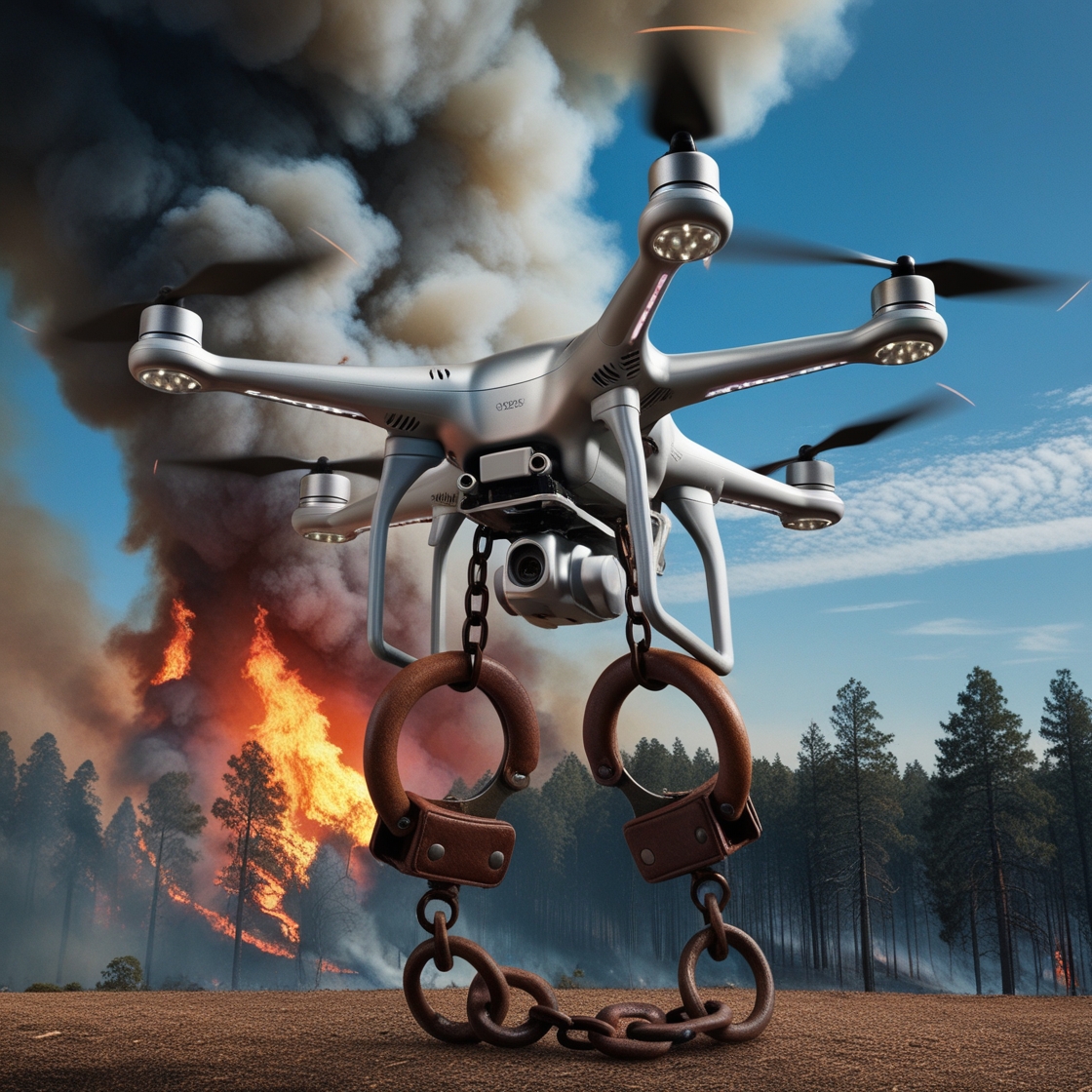/
Since 2006, the U.S. Department of the Interior (DOI) has used drones (uncrewed aircraft systems) to manage its 500 million acres of federal land. These drones have played a key role in various operations, especially in areas where ground access is difficult or dangerous.

For example, drones have been vital in managing wildfires, offering a safer and often more cost-effective alternative to traditional methods like helicopters.
New Drone Policies: The Core Issue
Starting in 2020, the DOI implemented strict restrictions on the use of drones manufactured in “adversary” countries due to security concerns. These policies halted all non-emergency drone operations and blocked the purchase of drones with components from foreign companies deemed a security risk.
Key Effects of the Policy Changes
- Grounding Drone Fleets:
From January 2020 to October 2022, the new policies led to the grounding of most DOI drones. This effectively ended non-emergency drone operations like routine wildlife monitoring or landscape surveys.
- Cost and Availability Challenges:
Procuring drones that meet the new security standards has been difficult and expensive. Compliant drones are far more costly than their predecessors (from $2,600 to over $14,000). Additionally, long procurement times and the lack of technologically capable models have delayed DOI’s ability to maintain its drone fleet.
- Impact on Emergency Operations:
The policy exemptions for wildfire and search-and-rescue operations allowed some emergency drone use, but the diminishing fleet means these operations are limited. Wildfire management has particularly suffered, with more reliance on helicopters, which are costlier and pose higher risks.
- Loss of Non-Emergency Capabilities:
Many non-emergency operations were either scaled back or canceled, resulting in missed opportunities for collecting important data on wildlife, cultural resources, and infrastructure. For instance, the National Park Service couldn’t survey sea turtle populations, and efforts to monitor historical sites and archaeological areas were reduced.
- Impact on Partnerships:
Non-federal partners, such as universities and research institutions, were also affected. Their drone projects on federal lands were either halted or restricted if they didn’t meet the new drone requirements, which affected collaborative research efforts.
Long-Term Outlook
The drone fleet within the DOI is aging, and the process of replacing them has been slow and costly. With the majority of drones nearing the end of their useful life, the agency faces challenges in maintaining its drone capabilities. Additionally, while some progress has been made in finding compliant models, many of these drones still don’t fully meet the technical needs for various operations.
Reference: https://www.gao.gov/products/gao-24-106924
Written with chat gpt.

